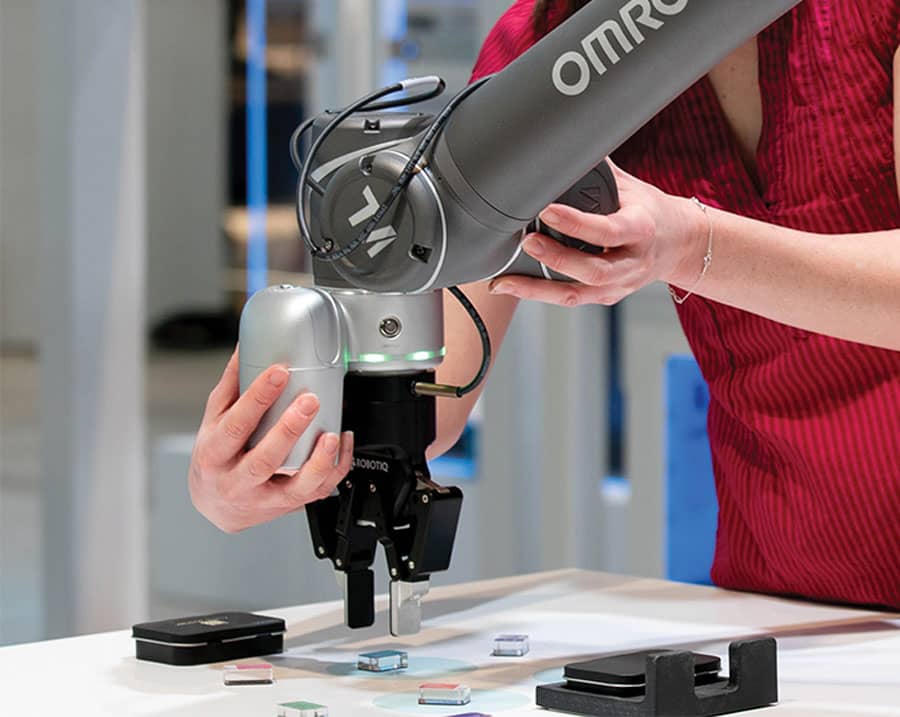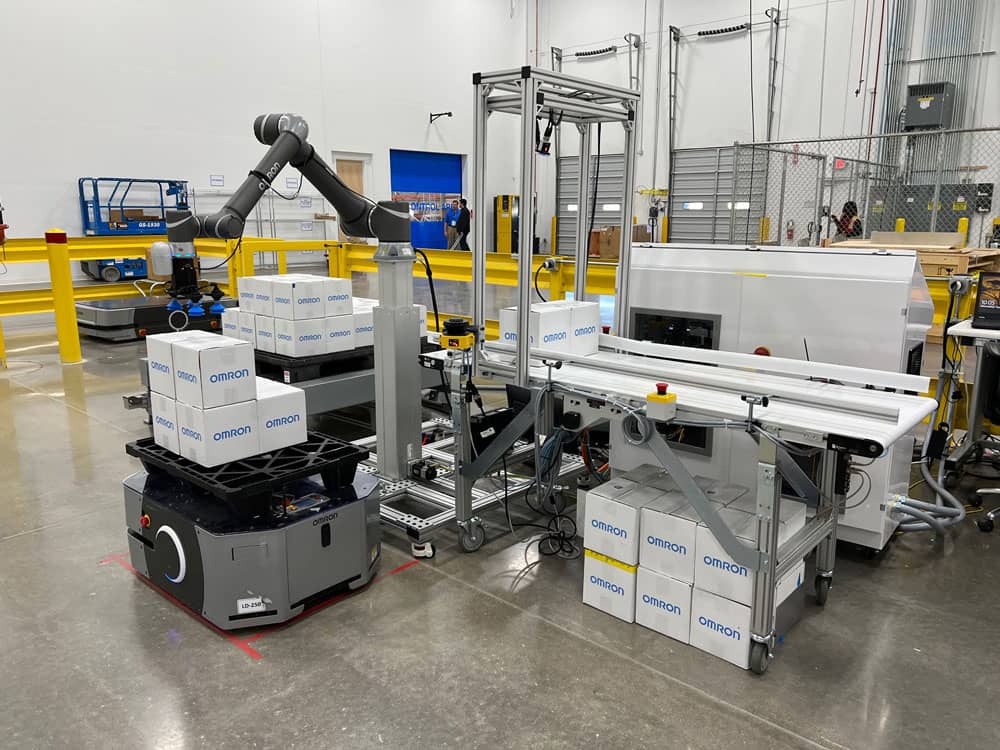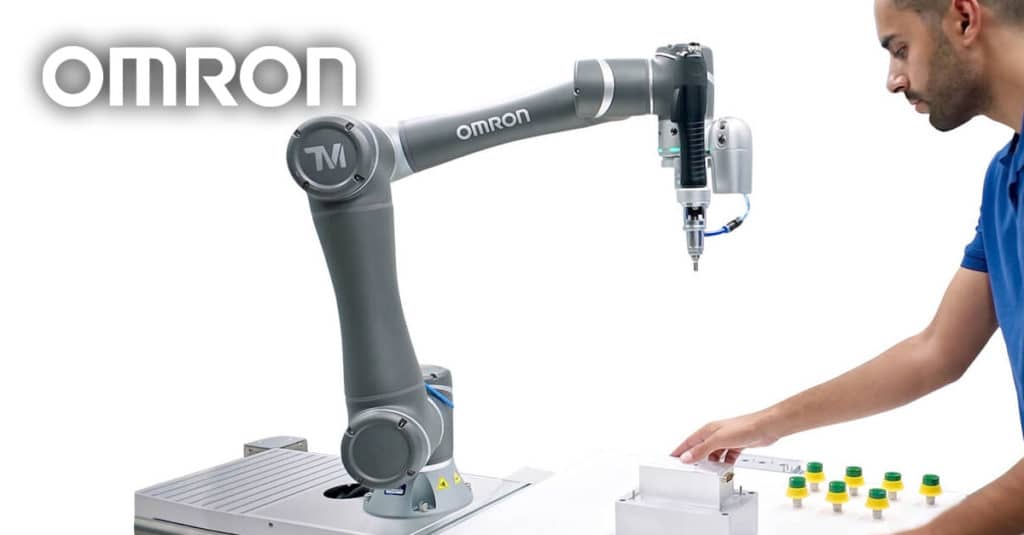
Did you know collaborative robots or cobots were specifically built to work alongside humans in a collaborative workspace and to perform routine or repetitive tasks, like placing products into boxes or polishing parts. And perform dirty or dangerous jobs, like sanding furniture or sorting trash for recycling. COBOTS ARE AFFORDABLE The cost of a cobot […]

What are Collaborative Robots or Cobots and what are they used for? The first cobot or collaborative robot was invented in 1997 by two Northwestern University professors, as a software programmable robotic manipulator and assist devices that can directly interact with a human operator. Collaborative robots were designed to work alongside humans in a collaborative […]
What is a collaborative robot or cobot? What are cobots used for? There are many benefits to using cobots production or assembly lines. Collaborative robots can make automation a possibility for businesses of every size and product type. And they are more accessible and affordable for smaller businesses. You don’t need millions in capital or […]

The pressure facing manufacturers today make running a profitable production line more challenging than ever. The demand to increase the speed and frequency of new product introduction is ever present. With labor shortages hindering production and customer demand for product availability, it’s difficult to remain competitive. Automation is the key to increasing profitability and productivity, […]

Collaborative Robot Safety Standards and Compliance Most cobots, including the Omron TM Collaborative Robot, have mechanical and control design features to reduce risk factors and meet ISO 10218-1:2011 and ISO/TS-15066 safety standards and specifications. These ISO requirements outline a cobot’s force and speed monitoring settings based on tooling, human contact areas, and workspace conditions. Adhering […]




